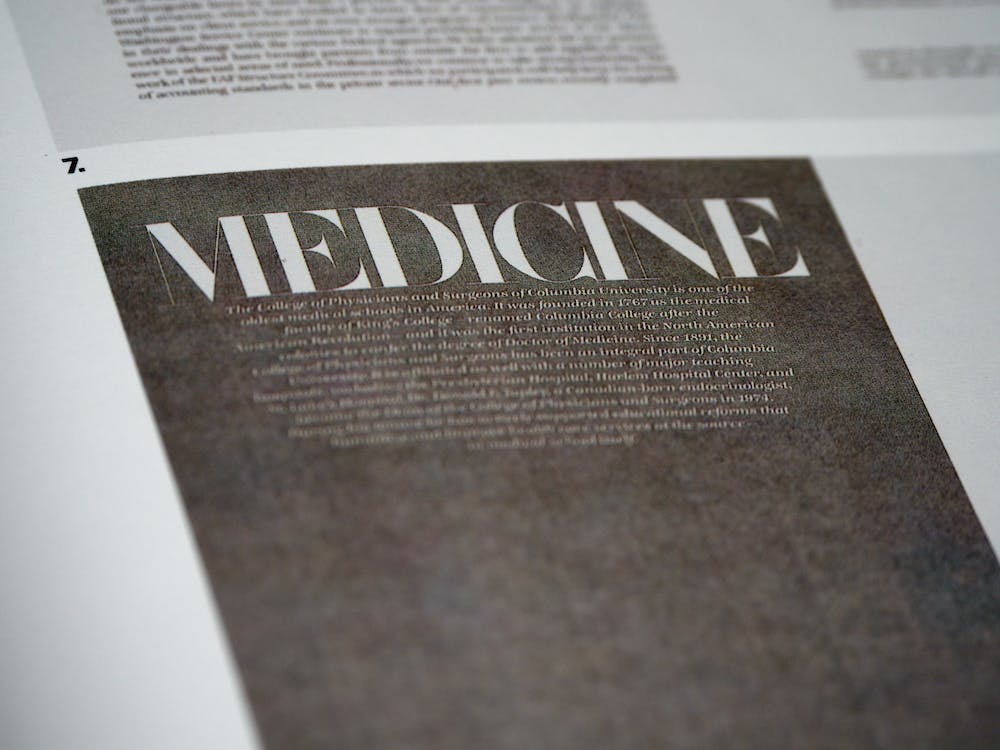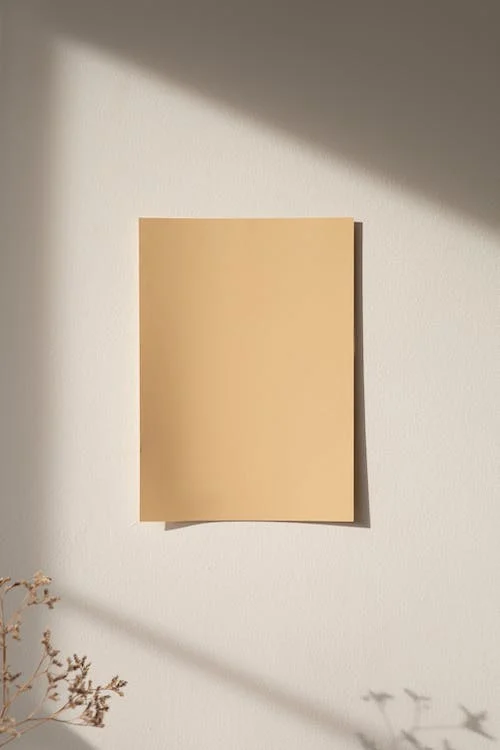Magazine printing is a specialized type of printing that requires high-quality paper. Different types of papers are used for various magazine formats, each providing distinct benefits.
Understanding the different types of paper and their unique properties can help you make an informed decision when choosing the best paper for your magazine.
Here is a list of the top 5 types of papers used for magazine printing;
1. Coated Paper
Coated papers undergo treatment with UV chemicals that make them resistant to smudging or fading over time. They are great for magazines with the intent to last for many years. Typically, coated paper for magazine printing is more expensive than other paper alternatives, so they may only fit within some people’s budgets.
However, most individuals and businesses prefer coated paper for their magazines because it adds a professional finish with its special coating. The magazines made from coated paper are both smooth and vibrant. The coated paper improves definition and resolution with bright colors and sharp images.
In terms of durability, the coated paper provides sturdy protection against water, which helps make magazine pages last longer. However, these extra enamel coatings come at a cost. Generally, coated paper is a great choice to give a magazine its excellent print quality while maintaining aesthetics and durability.
2. Matte Paper

Matte paper has a flat, non-reflective finish, making it ideal for reading in low-light conditions. It reduces glare and provides more subtle colors than glossy papers. Matte papers are slightly less expensive than glossy papers but offer a different color brilliance or sharpness than glossy papers.
As matte paper absorbs and reflects light differently, it creates a softer contrast between light and dark. The paper also eliminates glare and fingerprints due to its lack of shine, making the magazine content appear more refined than publications printed on glossy paper.
However, matte paper can be much more challenging to print because it tends to absorb ink quickly. Additionally, it’s often more expensive than glossy paper.
3. Uncoated Paper
Uncoated paper has no surface coating, which allows the natural fibers of the paper to absorb ink more quickly, resulting in a soft, muted image with a slightly textured feel. In most cases, uncoated papers are suitable for magazines with minimal graphics or subtle colors or shades. They are less expensive than coated papers but don’t produce vibrant images or last as long due to their lack of surface protection.
Apart from the excellent color vibrancy and ink absorption, the uncoated papers also have a soft texture, making them perfect for journals. It works well for any other material where tactile qualities are essential.
On the downside, uncoated paper can be difficult to handle on press due to fingerprint traces. They also need extra drying time to prevent smudging or offsetting. Uncoated paper is more susceptible to color banding and registration issues due to its low surface smoothness. Also worth considering is that uncoated paper may require a slightly different layout when designing the artwork due to its non-glossy finish, which interferes with reflected light viewing angles.
All factors considered, uncoated paper remains a popular choice in print media for magazine publishing jobs.
4. Recycled Paper

Recycled paper is eco-friendly and can produce vibrant prints using fewer resources. They are available in both glossy and matte finishes. Regarding pricing, recycled papers are more expensive than traditional non-recycled options due to their limited availability and higher production costs associated with recycling processes.
On the pros side, recycled paper is cost-effective, reduces greenhouse gas emissions, and uses less energy than the non-recycled options. Unfortunately, recycled paper sometimes is of better quality than non-recycled varieties. That means additional time is spent on production and more resources to compensate for deficiencies. Recycled paper may require a special printer to accommodate its coarser texture and lower weight.
5. Silk Paper
Silk paper offers a luxurious look with its smooth finish and subtle sheen that adds an elegant touch without sacrificing print quality or durability. It produces vibrant colors while still providing excellent ink adhesion, making it an ideal choice for magazines that need to make a lasting impression while remaining cost-effective at the same time.
As with any material choice, there are pros and cons when selecting silk paper for your magazine printing. Silk paper is more costly than other substrates, and its high sheen may result in image reflections or glare.
In addition, Silk Paper is not water resistant, so inks tend to smudge more readily if exposed to moisture. Silk Paper is famous because it produces vivid colors that seemingly leap out of the page. Its highly durable coating makes it laser compatible and suitable for various folding machinery.
Wrap Up
Many magazine papers are available on the market today, and each offers different benefits depending on your needs and budget constraints. The coated paper provides vibrant colors but can be expensive. On the other hand, uncoated papers have no coating but produce softer colors. Recycled papers reduce environmental impact, matte pieces minimize glare, and silk provides an elegant look without sacrificing print quality or durability.
Choosing the correct type of paper for magazine printing depends mainly on what you’re trying to achieve aesthetically and financially. Therefore, research all available options before deciding which works best for you.




















































